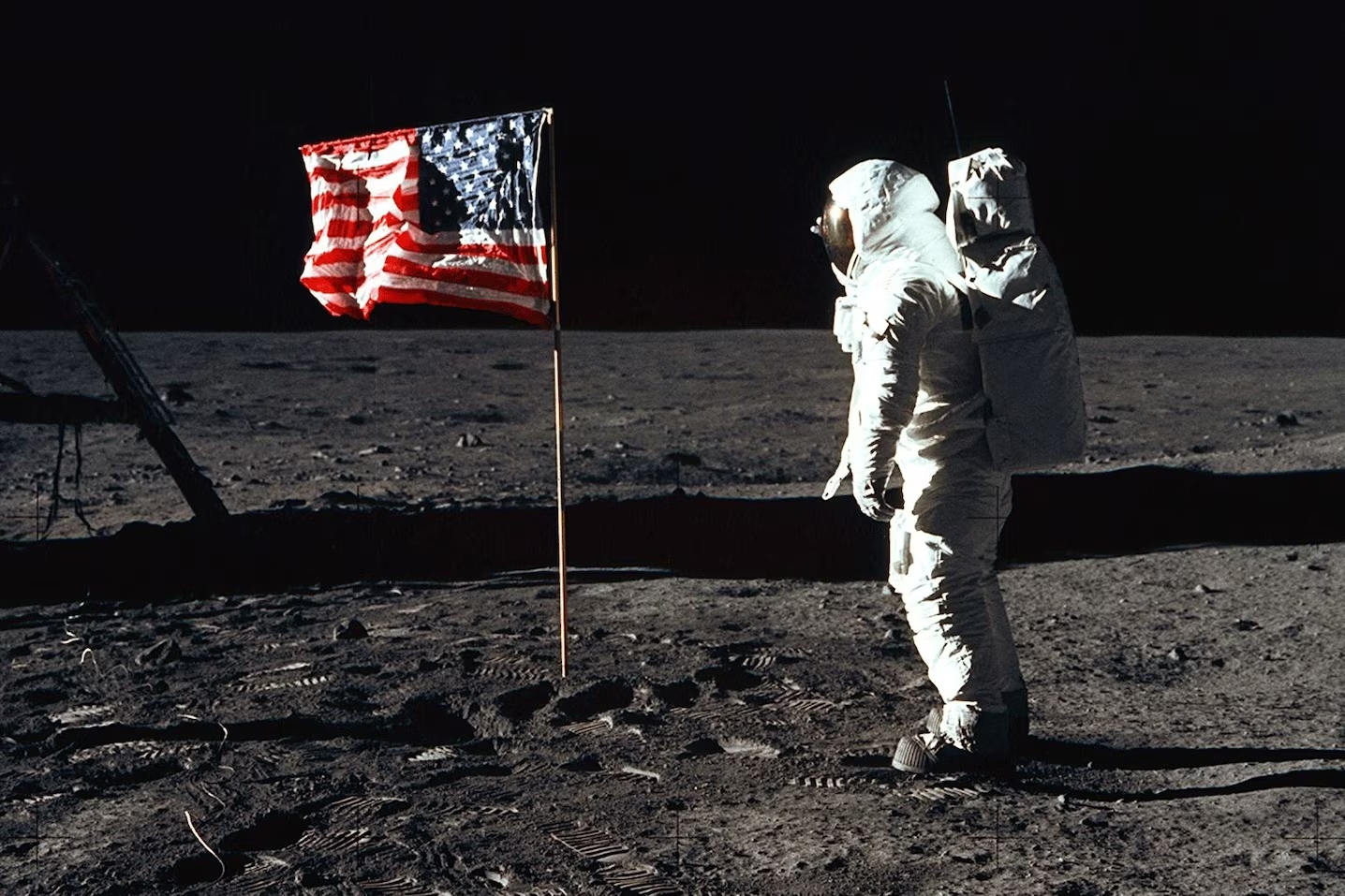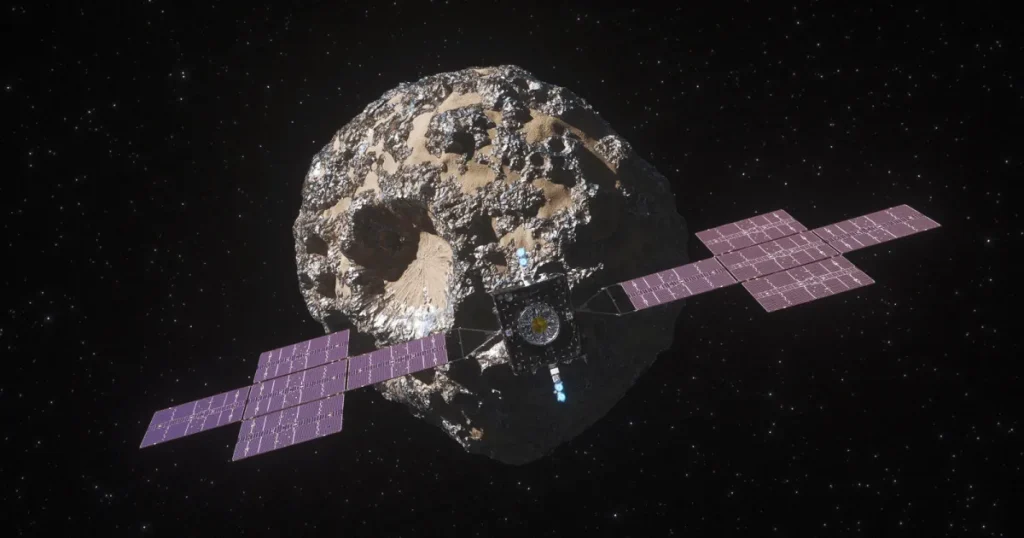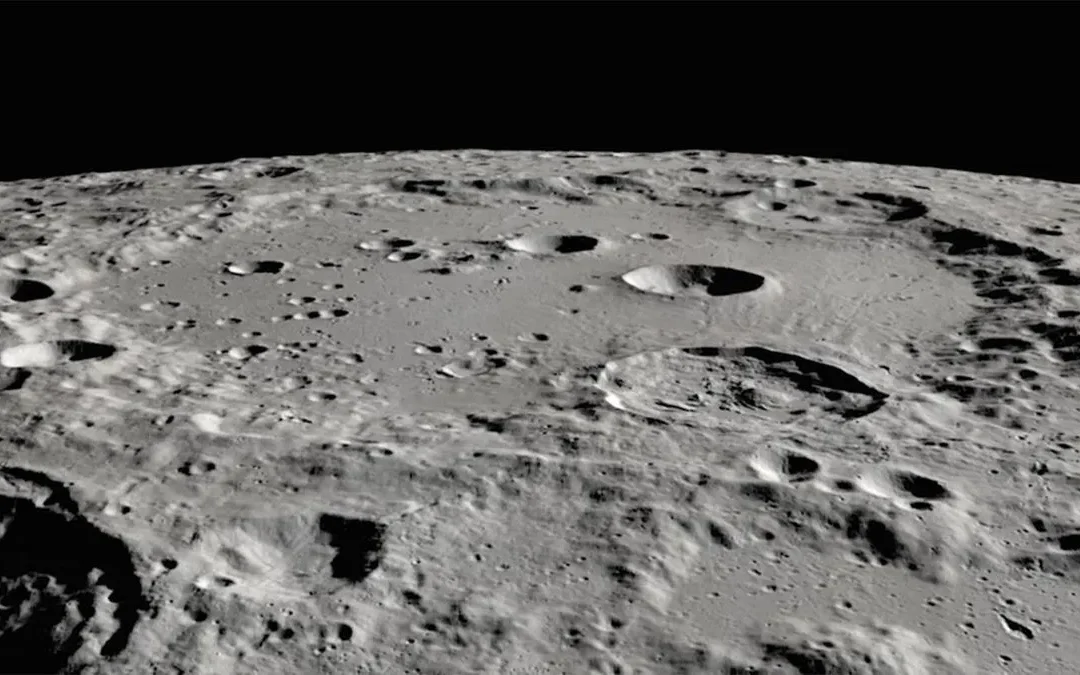The cosmos often feels distant, yet it surprises us with connections closer to home than we might expect. Take, for example, the curious case of Kamo’oalewa — a near-Earth asteroid whose story begins not in the far reaches of our solar system, but much closer, on the dark, enigmatic side of our very own moon. This revelation doesn’t just tweak our cosmic understanding; it turns a page in the chapter of our moon’s dynamic history, suggesting that our nearest celestial neighbor might be doing more than just influencing tides — it could be throwing rocks at us.
- Kamo’oalewa’s discovery was startling in its implications.
- It pointed scientists to a fresh perspective on how celestial bodies interact with Earth.
- This particular asteroid’s journey from the moon illuminates broader space dynamics.
The journey to this discovery was no straightforward affair. It involved a blend of astute astronomical observations and high-tech simulations. Researchers at the University of Arizona, along with a global team, pieced together the asteroid’s likely origin through exhaustive modeling and analysis. What emerges is a tale of violent celestial ballet — an impact on the moon’s surface powerful enough to launch debris, like Kamo’oalewa, into the precarious orbit around Earth.
Kamo’oalewa is unique. Its reflective spectrum mimics that of lunar material rather than typical asteroid compositions found near Earth. The detail tells us that this roughly strip mall-sized rock was likely part of the moon until an eventful encounter sent it spinning into space, where it adopted an orbit that occasionally brings it hazardously close to Earth. The clues that led to this conclusion came from none other than the moon’s Giordano Bruno crater — a relatively young and significant lunar feature with the right characteristics to be the launch site of this intrepid boulder.
What stands out about Kamo’oalewa is not just its origin, but what it represents. This finding challenges our previous conceptions about where potentially hazardous asteroids can come from. It also raises the stakes for understanding how these objects move through space, highlighting the need for vigilant tracking and study. This moon-born asteroid underscores the intertwined fates of celestial neighbors and offers a vivid example of the moon’s active geological life that we’re only beginning to understand.
The Scientific Method Behind the Discovery

Techniques that uncovered the asteroid’s lunar ties
Peeling back the layers of this discovery, the process was as innovative as the findings. The team employed a sophisticated blend of spectral analysis and dynamic simulations to trace Kamo’oalewa’s path back to the moon. These techniques aren’t just for show — they offer a window into the complex dance of gravitational pulls and celestial collisions.
- Spectral Analysis: This allowed scientists to compare the composition of Kamo’oalewa with lunar materials.
- Dynamic Simulations: These models demonstrated how debris from lunar impacts could escape the moon’s gravity and find its way to Earth-centric orbits.
By applying these methods, the research team not only pinpointed the asteroid’s origin but also mapped out a trajectory that linked it directly back to the Giordano Bruno crater. This wasn’t a simple task. It required a deep understanding of both lunar geology and the mechanics of space debris.
The role of international collaboration
The discovery of Kamo’oalewa’s origins was a testament to international collaboration. Researchers from Tsinghua University in Beijing, the University of Arizona, Beihang University, the University of British Columbia, and the Observatoire de la Côte d’Azur in France all played parts. This partnership crossed borders and disciplines — a necessity when tackling problems as vast as space itself.
Future missions inspired by the findings
With the asteroid’s origin story more or less understood, the focus shifts to what comes next. The upcoming Tianwen-2 mission by China’s national space agency aims to collect samples from Kamo’oalewa. This mission isn’t just about fetching rocks — it’s about confirming theories and enhancing our ability to monitor and perhaps one day mitigate the threat of other rogue celestial bodies.
By looking back at the moon to learn more about asteroids, we open up new possibilities for space exploration and safety. The interplay of lunar studies and asteroid tracking is more than just academic; it could be crucial in safeguarding our planet.
The Broader Implications of Lunar Ejecta
How the findings shift our cosmic perspective
The discovery of an asteroid’s lunar origins does more than fill a gap in a scientific dataset; it recalibrates our understanding of the moon and its interactions with Earth. It suggests our lunar neighbor is not just a passive player in the solar system but an active participant in the celestial dynamics around us. The implications of this are broad and varied.
For one, it sparks a reconsideration of how we evaluate the risks from near-Earth objects. Traditionally, asteroids are seen as relics of the early solar system, primarily originating from the asteroid belt between Mars and Jupiter. This discovery flips that narrative, showing that even our moon can be a source of potentially hazardous objects.
Implications for planetary defense
The practical ramifications are immediate. This finding injects a new variable into the calculations of agencies tasked with planetary defense. If the moon can launch significant debris toward Earth, the strategies for monitoring, predicting, and potentially diverting hazardous objects must adapt.
- Strategies may now need to consider lunar-origin asteroids as part of the near-Earth object population.
- Enhanced monitoring of lunar impacts could become a priority to forecast potential threats.
Enriching our lunar legacy
Beyond the immediate concerns of asteroid impacts, this research enriches our understanding of the moon itself. The moon’s surface is a testament to a violent history marked by countless impacts. Each crater tells a story — not just of the moon’s past but of Earth’s as well. By studying these lunar features and the debris they can send toward Earth, we unlock chapters of our own planet’s history, preserved in the vacuum of space.
This blending of lunar geology with asteroid science exemplifies the interdisciplinary nature of modern astronomy. It’s about connecting dots across millions of miles of space to piece together the narrative of our solar system. Such findings encourage us to look at familiar objects in the sky with fresh eyes — and to consider the moon not as a separate entity but as an integral part of our own planetary story.
Reimagining Space Missions and Asteroid Studies

The impact on future space missions
The unexpected lunar origin of the near-Earth asteroid Kamo’oalewa opens new doors for space exploration missions. With the Tianwen-2 mission on the horizon, designed to fetch samples from this asteroid, the stakes are high and the excitement palpable. These missions aren’t just about bringing back rocks; they are about validating complex models of solar system dynamics and improving our understanding of space phenomena.
The sample-return mission could potentially offer direct evidence of the moon’s role in populating near-Earth space with asteroids. This would not only prove transformative for the science community but also provide practical insights that could aid in future exploratory missions to the moon and beyond. The specifics of these missions involve:
- Advanced trajectory mapping to intersect with the asteroid.
- Technologies for collecting and returning extraterrestrial materials safely back to Earth.
- Analyzing these materials to unravel the history embedded within them.
Enhancing asteroid detection technologies
The findings about Kamo’oalewa have spurred interest in enhancing detection technologies. The upcoming NASA’s NEO Surveyor mission is set to benefit from these developments. This mission aims to identify and characterize more celestial bodies in Earth’s neighborhood, especially those that might pose a risk.
This mission and others like it rely on:
- Infrared technology to detect and track asteroids.
- Improved algorithms for predicting asteroid paths.
- International collaborations that pool global resources and expertise to safeguard our planet.
Educational and outreach opportunities
These scientific endeavors also present opportunities for public engagement and education. By understanding the origins of near-Earth objects, people can better appreciate the dynamic nature of our solar system. Public interest in these missions often leads to increased support for science and technology initiatives, potentially inspiring the next generation of astronomers and engineers.
As these missions unfold, they remind us of our place in the universe — not as isolated observers but as active participants in a cosmic ecosystem. This broader understanding helps ground future discussions about space exploration and the role humanity plays on the celestial stage.
Conclusion
The realization that our own moon is hurling asteroids toward Earth reshapes our understanding of both lunar and Earthly dynamics. This breakthrough reveals the moon not just as a passive celestial body but as an active player in the cosmic game, capable of influencing Earth in profound ways. The tale of Kamo’oalewa, a seemingly innocuous piece of rock, embodies a larger narrative of celestial interconnectedness and shared histories. It forces us to rethink our approach to planetary defense, propels advancements in space technology, and deepens our quest for knowledge about the solar system’s past and our place within it. As we stand on the brink of new exploratory missions, the moon continues to offer more than just a silent backdrop to our night sky; it offers clues to understanding our world and beyond.

